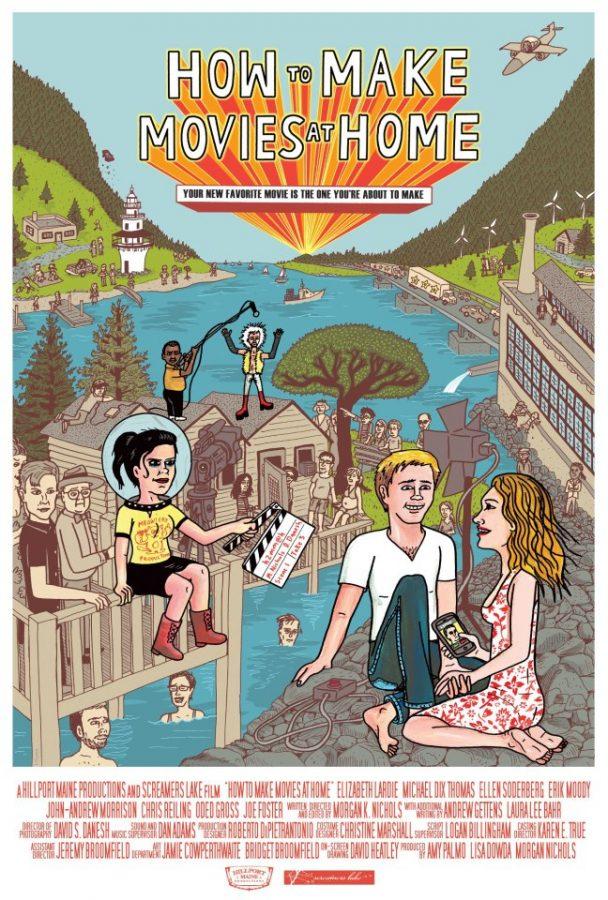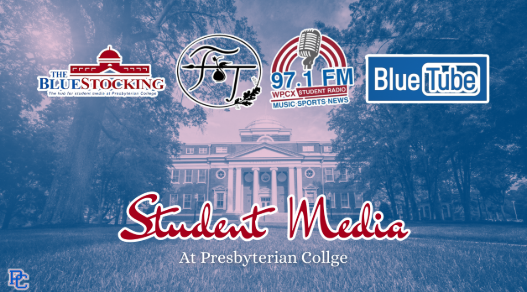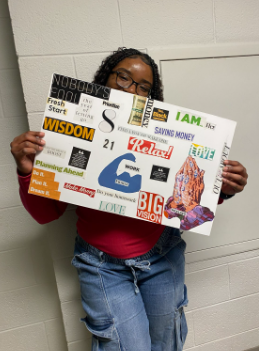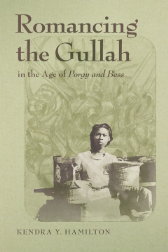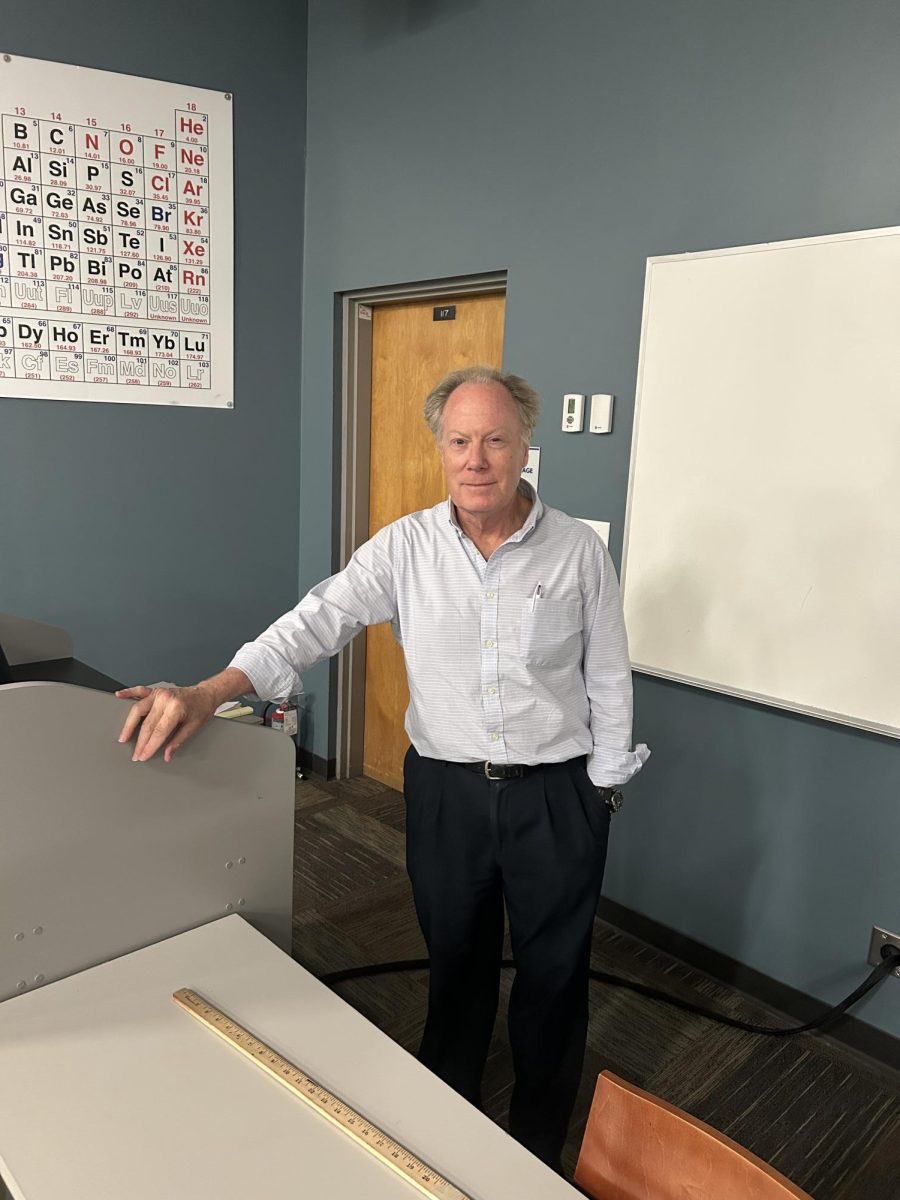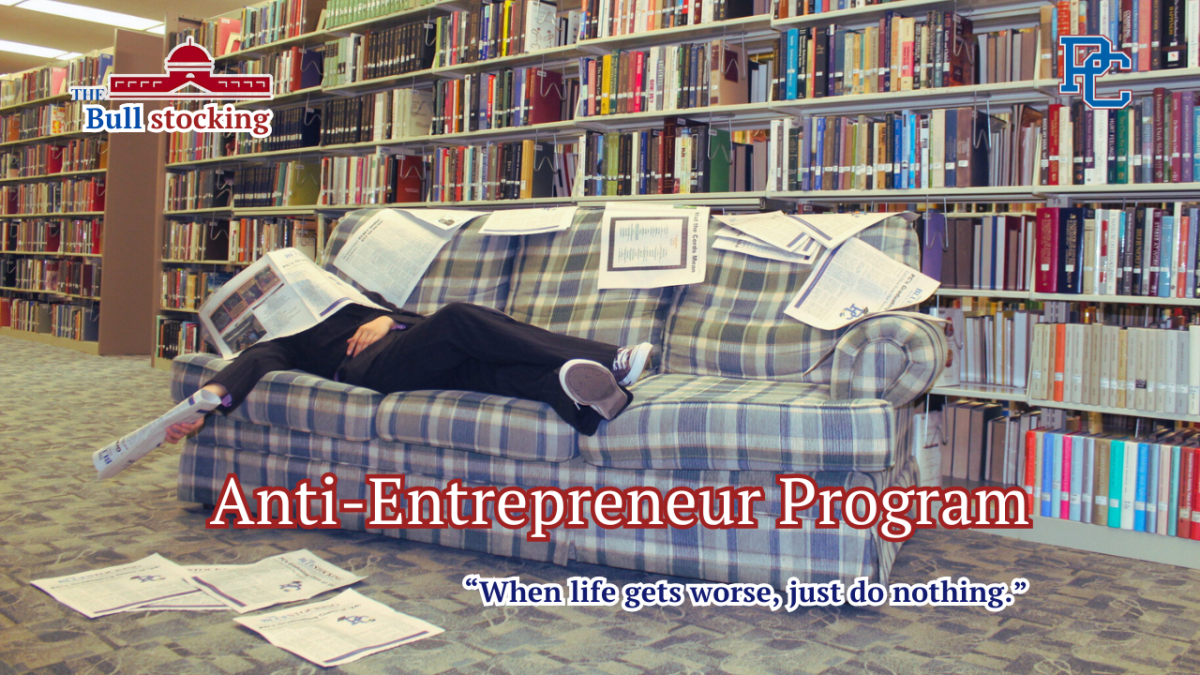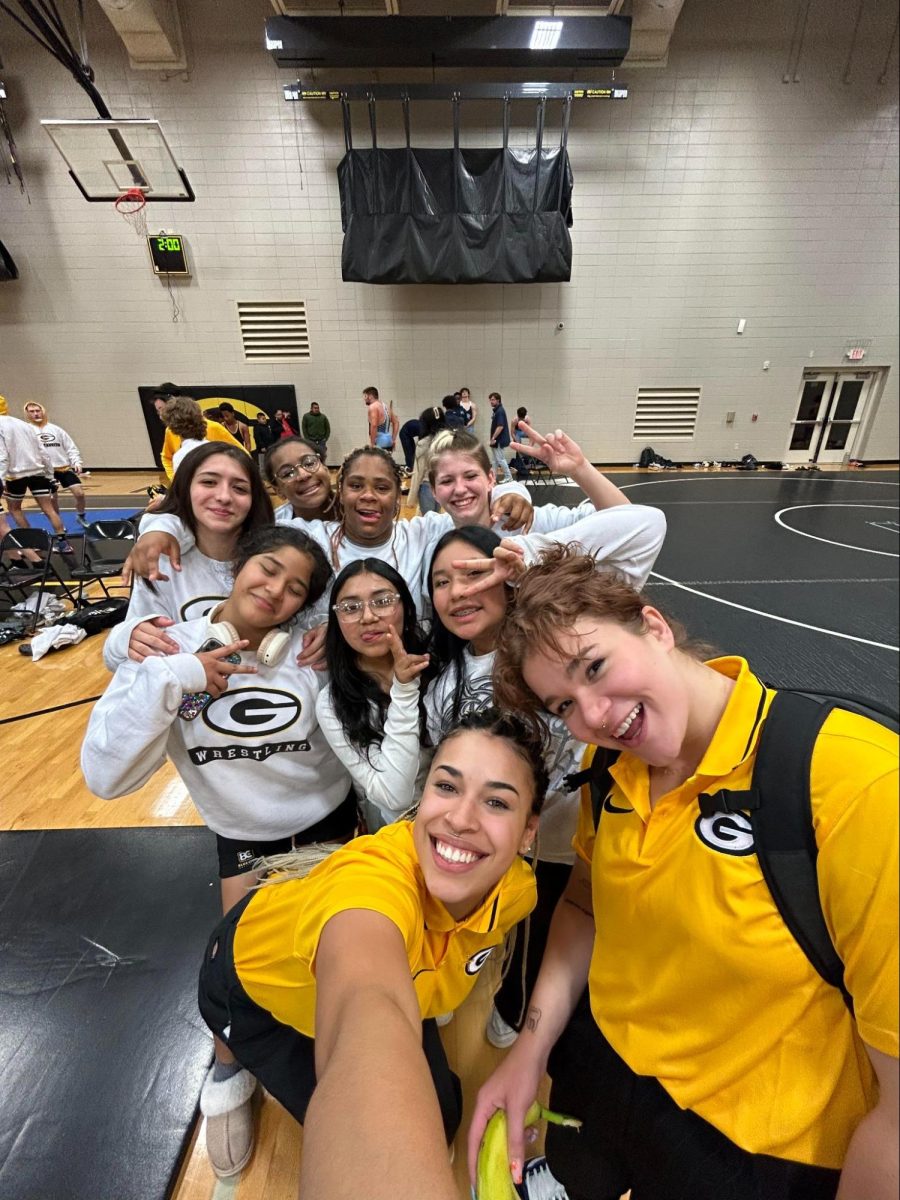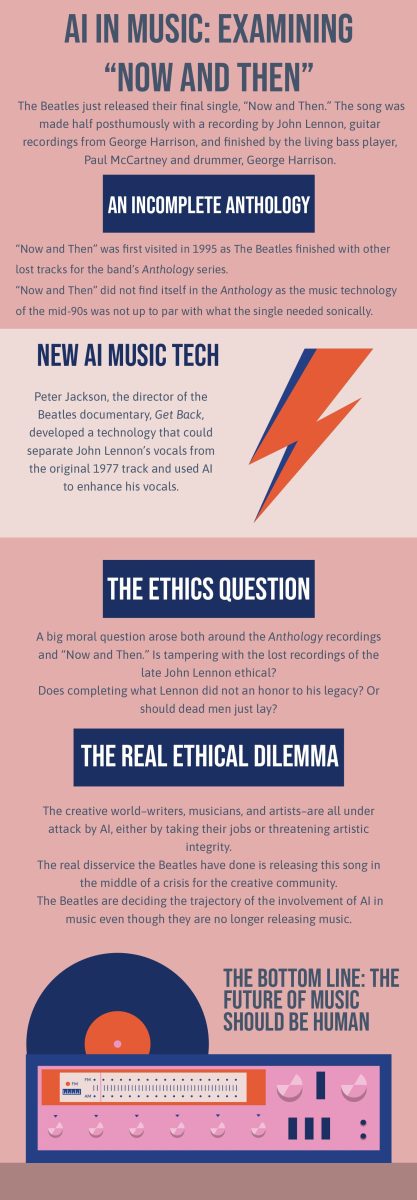Someone pinch me. I must be dreaming. Or perhaps I have just watched a film that strung together the elements of filmmaking so fluidly into a storyline that I forgot that I was actually learning something. How to Make Movies at Home is a well-choreographed documentary by Morgan Nichols that offers simple explanations to ten techniques of filmmaking told with a new spin to a familiar story. ‘
Opening the film is “framing the shot,” which describes “the rule of thirds,” a technique stating that the object of focus should be at intersections of an imaginary 3×3 grid drawn out onscreen. The film illustrated this by showing a young man on a bike entering the scene from the top right corner and following a diagonal path downhill, focusing finally at the bottom right side of the screen. This creates an interesting image that is not dead center and serves a narrative function. (Though the joke is that Alfred Hitchcock, a fan of focusing on objects completely centered within the frame, could make “even a salt shaker look scary.”) This technique, as well as others that teach a viewer how to use a microphone for sound recordings and to not be late on shoot day, are peppered throughout the film in a narrative and humorous fashion.
How to Make Movies at Home begins in the quaint little town of Hillport, Maine, with a band of amateur filmmakers led by the stubborn and edgy Jonah, who has gained notoriety amongst the townsfolk as a pretty good filmmaker. But of course, conflict comes to Hillport by the name of Lance, a big-shot filmmaker who is “Hollywood anthropomorphized” and wants to run Jonah and her band out of the movie-making business. This power struggle between Jonah and Lance sets up the main plot; yet from this stem many subplots reveling in love interests and character developments that show that How to Make Movies at Home is not just your typical documentary. But it’s not your typical drama, either. Each character becomes an emotional investment and shows growth and maturity. Even through scenes that carefully explain how to set up lighting or screen direction add to the storyline. And this makes learning the basics of filmmaking much more enjoyable than perhaps in a classroom.
But if you were in the workshop with Morgan Nichols this past Thursday, you’d know that Nichols is a man who likes to have fun with his films, firing off terms like “master shot,” “pan,” and “tilt” so the students could get to work on their own short films. “First-hand interaction [with the filmmaker] is priceless,” said Dr. McGeehee in a short interview, and she was right. During the discussion after the screening of How to Make Movies at Home, Nichols talked excitedly about many things—from the structuring of his character arcs to why Sunapee is named Sunapee (hint, her parents were hippies). He eagerly answered questions with the same energy seen in the classroom, but perhaps the question where he became most passionate to answer was one asking if he had always known that he wanted to become a filmmaker. He didn’t give the usual answer one might expect, that he’d seen a film as a child and want to imitate it. Instead, he was “watching Saturday morning TV, and this news story came on…about a teenager who was making a super-eight movie with his friends and shooting lasers…and it just looked really fun.” “I was attracted to the process of filmmaking, not the final picture,” he said. “If the process isn’t fun, then what the hell?”
Considering that most of the Hollywood movie industry focuses on big blockbusters with million-dollar budgets, ‘what the hell?’ may be the right question to ask. And it’s a question Morgan Nichols has an answer for. How to Make Movies at Home was made with a $25,000 kick-starter budget, but it was the most entertaining and informative film I have seen in a while that didn’t need special CG effects or hi-definition visuals to keep me interested. In an interview with Dr. McGeehee, she said she hoped that those who watched How to Make Movies at Home will “have a greater appreciation for independent film…[for] the challenge in making art with budgetary constraints.”
If anything, Morgan Nichols’ How to Make Movies at Home shows this challenge as a fun process that anyone can enjoy. He hopes that this process “is a potential new way of making film.” With the level of skill and careful intertwining of character development, storyline, and teaching the techniques of filmmaking in such a fun, energetic, and almost dream-like manner, I certainly hope this style is in the future of filmmaking.
And for those of you who missed How to Make Movies at Home, there’s a new screening next month. Birth of the Living Dead, with Rob Kuhns and Esther Cassidy, presents another take on filmmaking, this time on the iconic zombie and how it reflects our society. It will be shown on October 24th in HP 214 at 7 pm.

